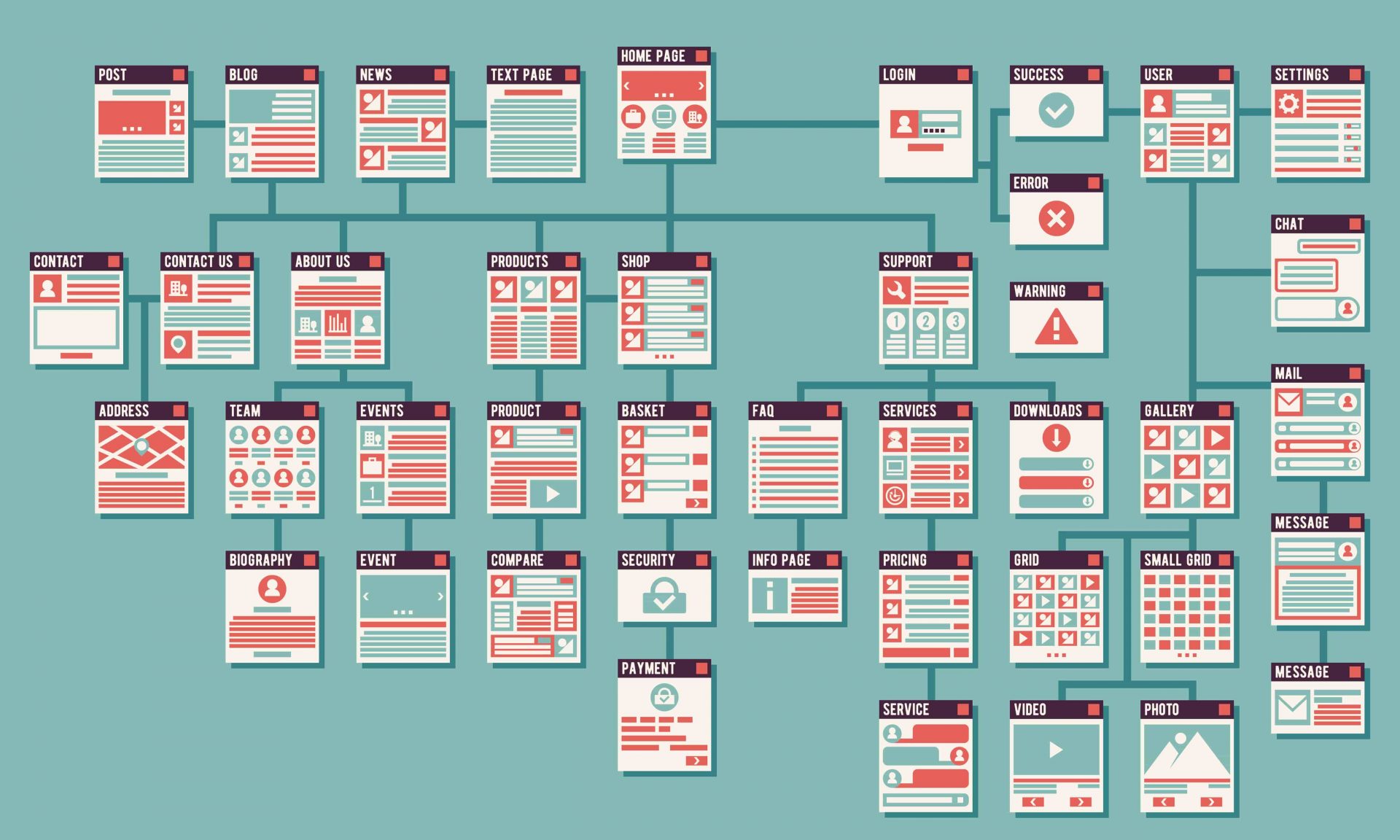
A website with various relevant pieces of content is always worth sharing. If you’re among the Search English Optimization or SEO-savvy, you know how important it is for browsers to find your website. What about those who are new to your website? Is there a guide for them to check if they need to find something in your content?
These questions bring attention to the importance of sitemaps. They are your directory to the content of your website and helps users navigate it like how a regular map helps travelers. The following are reasons why your website should have a sitemap.
1. It Shows The Roadmap To The Website:

Sitemaps are SEO tools that assist browsers in tracking down various sections of your website, especially if you’re aiming for increased traffic. It’s also essential for newly-built websites because crawlers will have difficulty finding the pages of your website if it has only a few numbers of links.
Sites with a large volume of archives also have pages that are hard to find. In larger websites, without metadata from a sitemap, the crawlers or search engines won’t detect the latest updates within a website.
If you need an organized way to create a sitemap, hop over to this site. You can design a sitemap online that enables you to edit, share, and collaborate with teammates.
2. It Clarifies The Goals And Purpose Of The Website:
What’s the purpose of your website? What do you want to achieve with it? If your content has no direct meaning and is disorganized, it won’t be easy to navigate. It is likely to confuse visitors resulting in a poor user experience.
A sitemap helps you focus on your intent and makes your goals and purpose clear. Creating a sitemap is essential before mapping out your content. It ensures that each page is connected with relevant content that leads to more valuable information. It’s also how you cut out the parts that aren’t needed on your site.
3. It Helps Browsers Find Relevant Content:

Writing relevant content is the primary reason why you decided to create a website. It is a time-consuming process, but it is also one of the best ways to increase traffic to your website.
Optimizing pages and creating videos and images are all part of the content writing process. Sometimes, creators would even include podcasts. With the right SEO and marketing strategy, they can help build a business and expand your branding.
If you have built pages with relevant content, it only makes sense that search engines should pick them up and present them to searchers. If you have a sitemap ready, search engines will find your site more easily and show to users your team’s hard work and superb content.
5. It Gets Your Website Pages Indexed:

Sitemaps are a part of search engine optimization, but it doesn’t necessarily increase your browser ranking. What you can count on is that it will encourage search engines to index your web pages. Browsers are crawling sitemaps and are using URLs (Uniform Resource Locators) to find undiscovered pages. These browsers collect and index them.
When users are using search engines and need to find information, the browsers can respond at superspeeds because the web pages are already indexed. That’s how they deliver page results to viewers fast and increase organic traffic to your website.
5. It’s A Project Management Blueprint:
An HTML sitemap is where all the subpages of your website are listed. And that’s why you can consider it is as being the architect site and the manager of your content. It does not just organize your website. It helps you arrange the hierarchy and the systematics of the content.
It is also created so users can get an overview of the site and help them navigate the pages. A subpage with an HTML sitemap would look like an interactive section with buttons that link directly to various areas of the website. You can choose to include buttons for the main pages to avoid cluttering.
6. It Brings Your Team To The Same Page:
Another benefit of using a sitemap is that it brings your whole team together for collaborative work. The entire team is aware of what the site is about, and each role becomes an integral part of the website’s big picture.
It’s what the team uses to focus on keeping track of marketing campaigns. You’ll all be able to work on what needs improvement, areas that have been completed, and areas that are in progress.
In Conclusion:
A sitemap is crucial if you have a website, to help visitors navigate your site, increase traffic and improve search engine visibility. Creating a sitemap before the contents helps clear your mind on what to add and how to organize them. The sitemap enhances the user experience so that visitors can become loyal followers.
Read Also:






